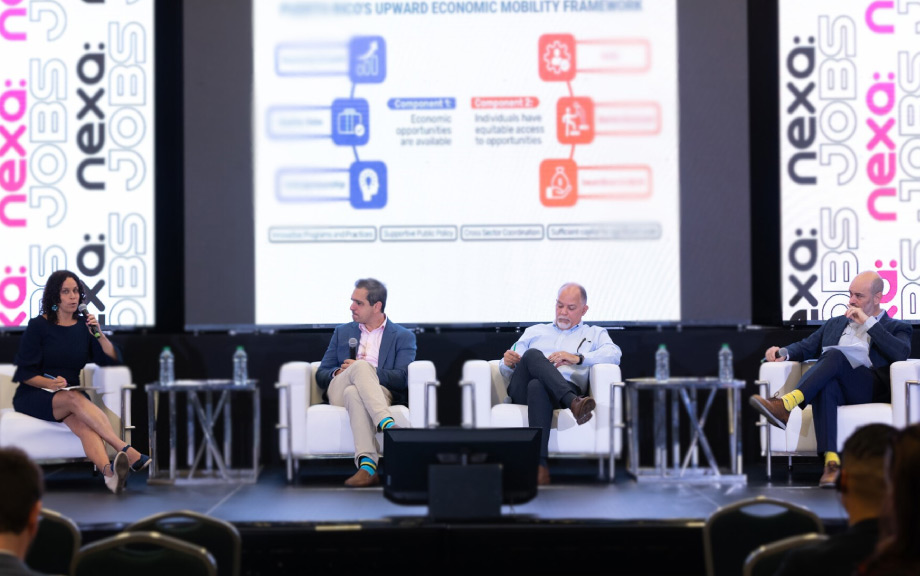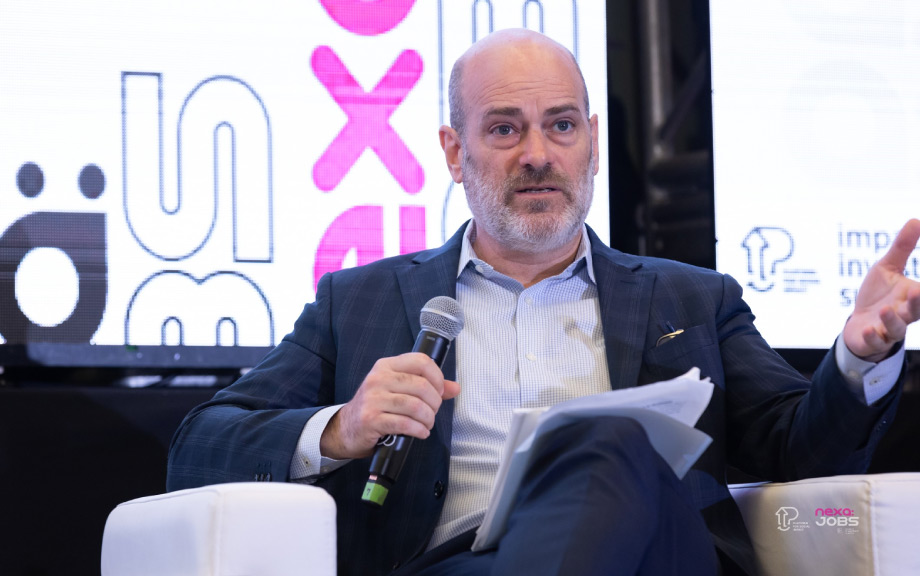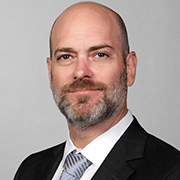
Puerto Rico is on the cusp of a once-in-a-generation opportunity to reshape its economy. That was the consensus at the NEXA Jobs Summit in San Juan, Puerto Rico on April 10-11. This gathering, organized by the Platform for Social Impact, brought together leaders from community and economic development, government, academia, and the private sector. Participants explored how Puerto Rico could take advantage of government and private funds, economic momentum following more than a decade of recession, and a young and capable workforce to develop quality jobs on the Island and address long-term poverty and economic insecurity.
I had the privilege of joining a panel to discuss the Blueprint Framework for Economic Mobility. This framework, which informed the two-day conference, recognizes that Puerto Rico must invest in and empower its workforce, both in the short and long term, to achieve its full economic potential. This is an ambitious proposal, and if realized, it could set the Island’s economy on a path of sustainable growth. There are three considerations that I believe will be essential to its success:
First, to reach the scale necessary, all sectors of the economy must collaborate closely and deliberately. As examples, the private sector, labor, and academia should be aligned in understanding and planning for the skills needed to fill jobs now and in the future; overcoming some of the structural and logistical barriers to work many on the Island face, such as childcare and transportation, require the efforts of multiple sectors including government, not-for-profits and employers.
Collaboration isn’t guaranteed or simple. One way to move beyond any legacy issues, as my fellow panelist and New York Fed Community Advisory Group member Mike Soto asserted, is to focus on a common goal and incentive: economic growth. Recognizing that sustained economic growth on the Island would benefit all sectors can serve as a catalyst for productive discussion and collaboration.

Second, it is important to realize that money is not a guarantee of success. While there are historical sums available to Puerto Rico from hurricane relief, the Inflation Reduction Act, and the Bipartisan Infrastructure Law (Infrastructure Investment and Jobs Act), how those funds are invested and leveraged is critical. Foundational investments, such as those in early education, may not be the most immediately rewarding but are essential for long-term success. Further, transparency around these funds and measuring how they are being spent and invested will be essential for accountability.
Third, it is necessary to build capacity to reach scale. For example, while Puerto Rico has an exceptional and well-developed nonprofit sector, many of these institutions may not be ready to scale up to effectively manage the large sums that may be heading their way. Technical assistance and added capacity will be critical to effectively manage these investments and maximize their impact. A successful example of this can be seen in the growth over the last 10 years of the Island’s Community Development Finance Institution (CDFI) sector.
Participants in the Summit expressed a great deal of optimism, tempered by a keen understanding of the realities and challenges that confront the Island such as rebuilding the electrical grid and addressing challenges in the health care sector. The good news is that there appears to be widespread recognition that Puerto Rico has in front of it a unique opportunity to set a sustainable and equitable path forward, with many different stakeholders eager to engage and work together to achieve that goal.

Jack Gutt is head of the Communications & Outreach Group at the Federal Reserve Bank of New York.
The views expressed in this article are those of the contributing authors and do not necessarily reflect the position of the New York Fed or the Federal Reserve System.










